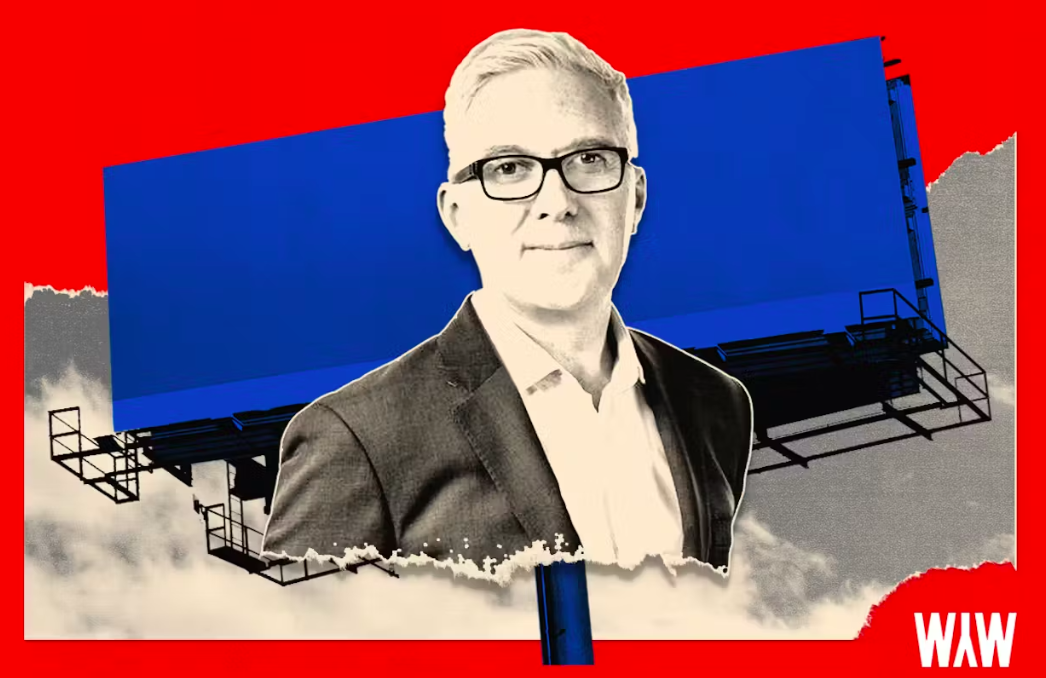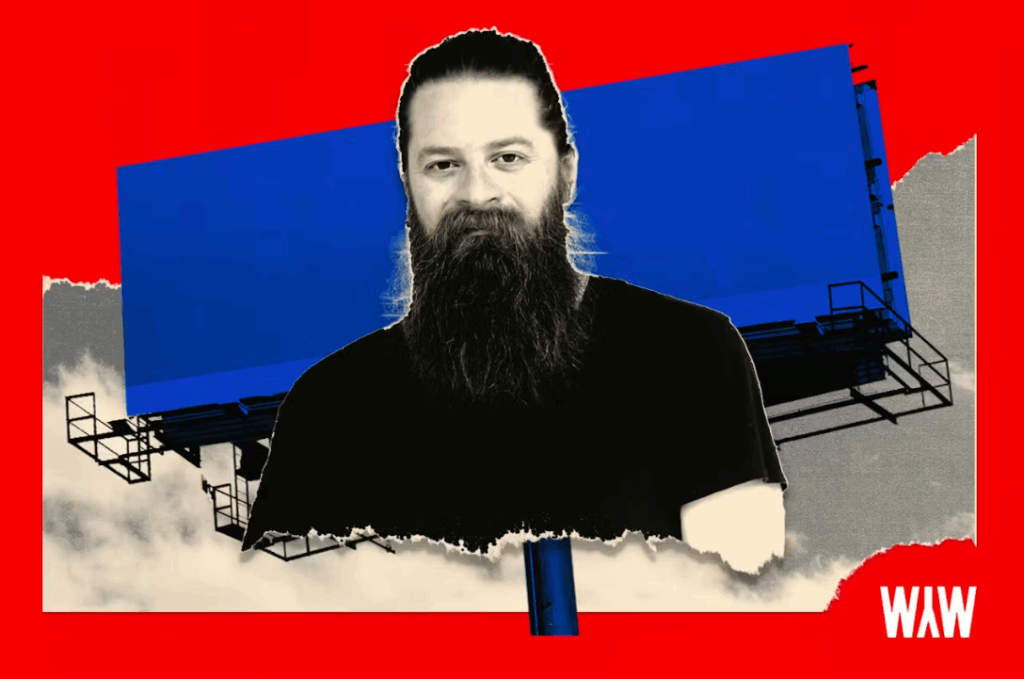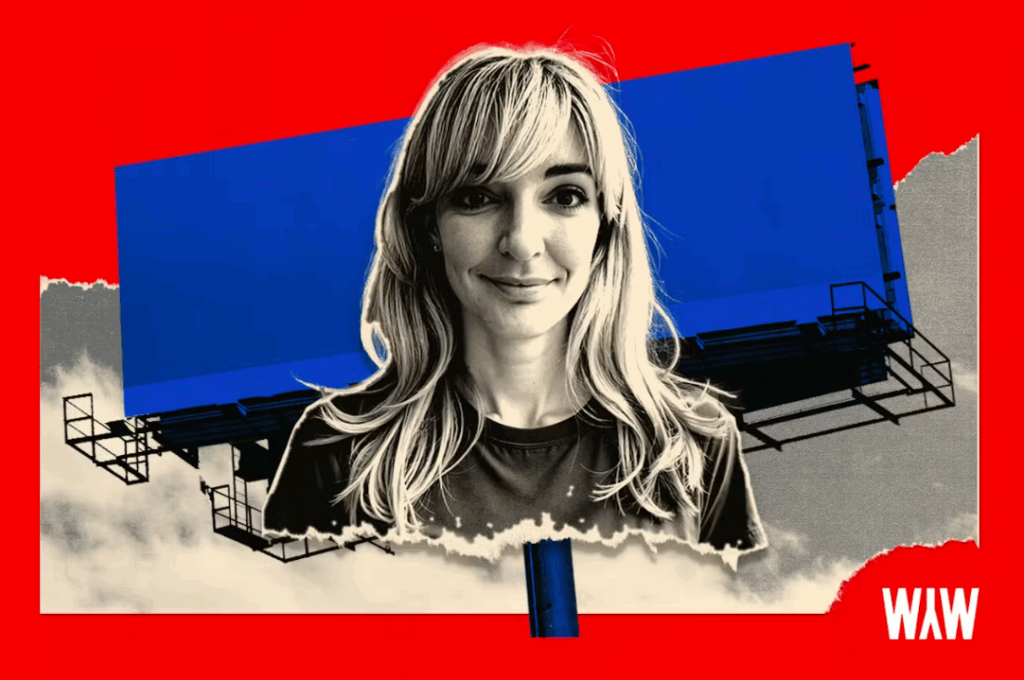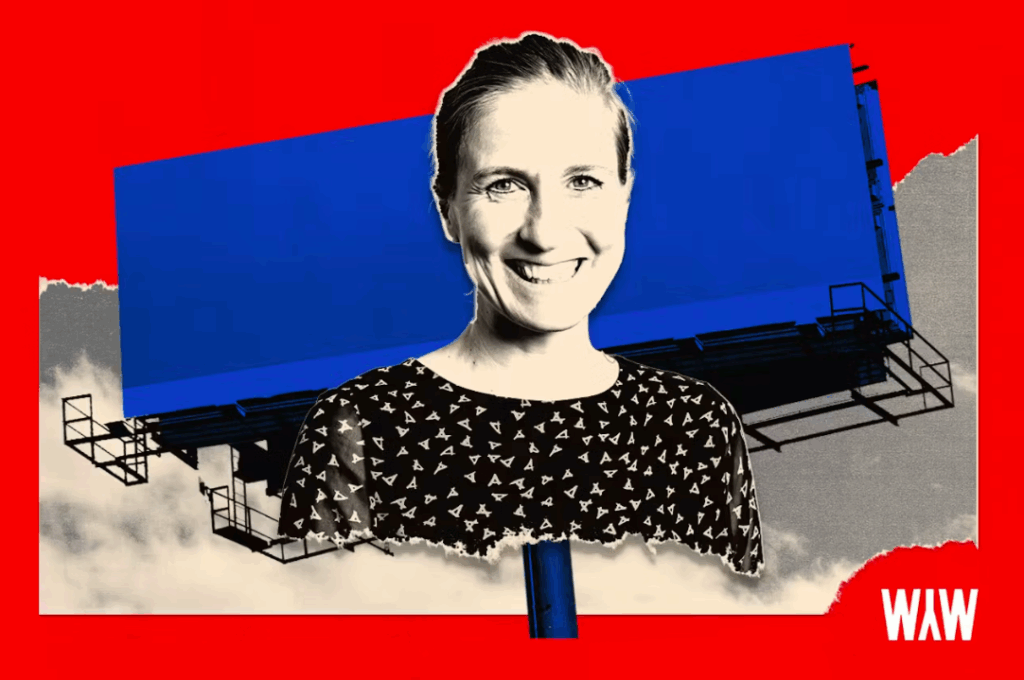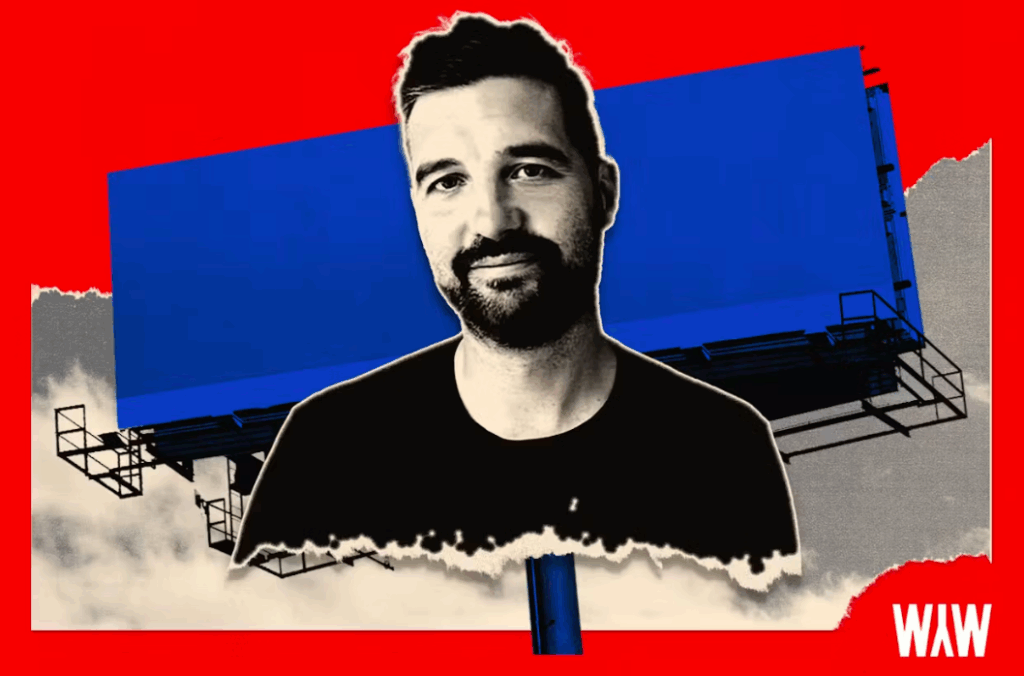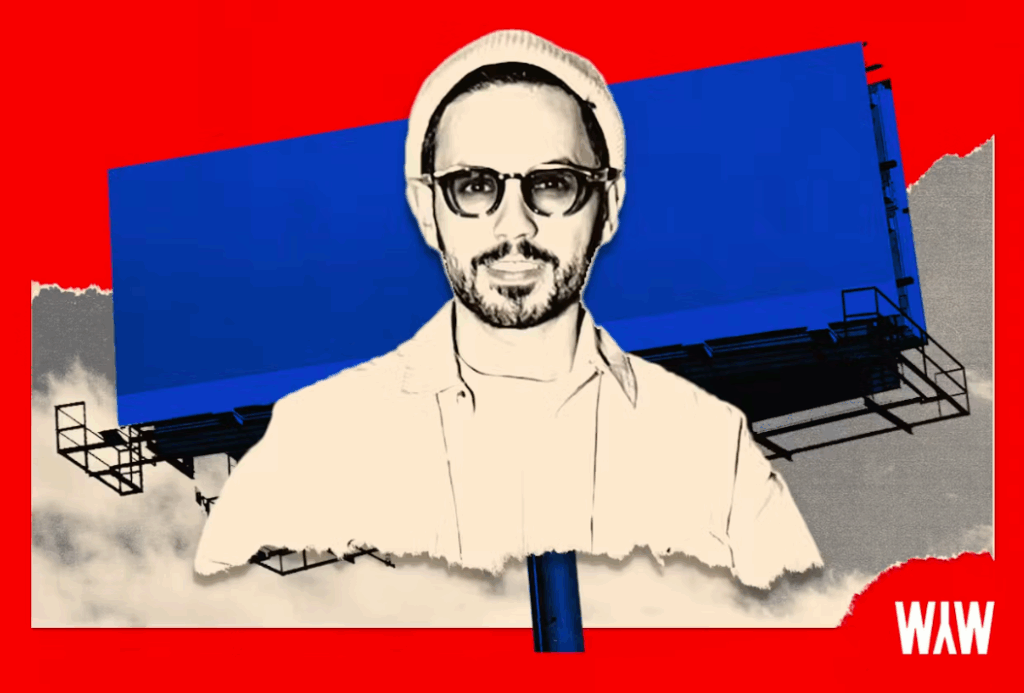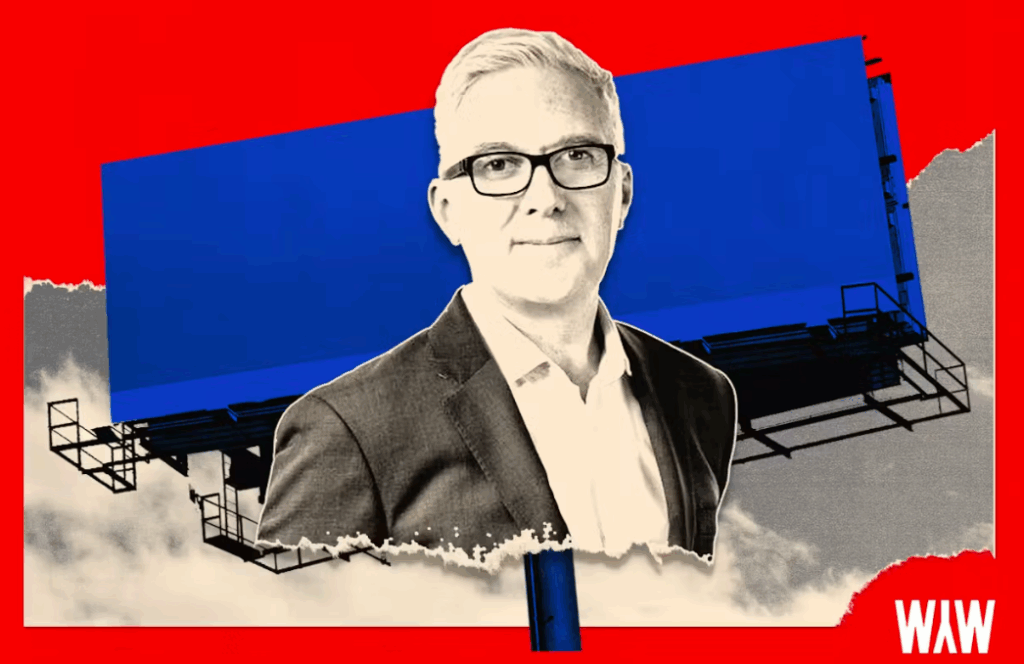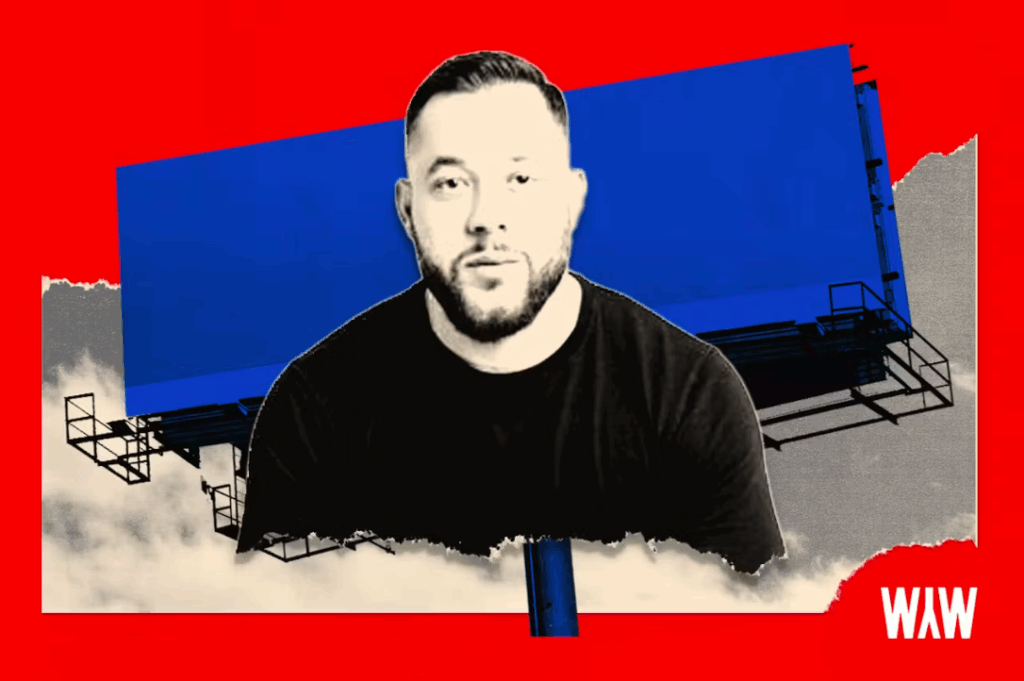The law firm’s marketing director, Brian Macreadie, tells Tim Healey how a near-miss at Nasa led to a career in B2B brand building, why distinctive ideas move the numbers, and how research becomes the source code for empathy and success.
You studied astrophysics and once planned to work for Nasa. How did you end up in marketing?
So, Plan A was to be an astronaut: I know plenty of kids probably say that, but that was literally my plan. I studied physics at university, majoring in astrophysics. I packed my bags and turned up at Nasa and insisted that they hire me, and promptly got booted out.
I don’t think they disliked me, but I was young, green, didn’t have a mission specialism, couldn’t fly a fighter jet and didn’t have a green card. So my options were limited. I ended up using my physics degree in the defence industry as a software specialist, working on all manner of top-secret stuff.
Then, about five years into that journey, I began to realize that I was better with clients than I was with computer code. And so my business started putting me into more account and pitch meetings, and they sent me on some business, sales and marketing courses – one with the Chartered Institute of Marketing.
There was this light bulb moment when I realized that this is what I should be doing if I can’t get on the space shuttle. Next, I was hired by AT&T and, before it let me loose on any marketing work, I had to do a stint in business analysis and another in business development. And that was the making of me. I never looked back. I’ve since worked as a B2B marketer in the sports media sector, telecommunications companies, and more recently in law firms. I absolutely love it.
What makes Addleshaw Goddard different?
We’re a 250-year-old law firm: a prestigious, heritage brand that is also about as innovative as they come in the legal sector. We work for over 6,000 of the world’s most respected companies, in over 100 countries. And whatever business opportunities or challenges those clients face – whether they’re making a massive, transformative investment or seeking to overcome an unwelcome problem, for example – we work alongside them to achieve the highest quality outcome, wherever in the world they are operating. It’s a brilliant brand to work with.
Recent results showed turnover just under £500m, with UK income up 11% and profit up 14%. What have you been up to in marketing, and what is next?
In the last 18 months or so, we’ve expanded into Saudi Arabia, Poland, Spain, and now we’re opening up in Abu Dhabi. I expect that international expansion to continue. From a marketing perspective, it means we have had to learn about different cultures, customs, languages and acknowledge the local nuances in each of those markets.
Beyond that, we’ve also got over 50 different service lines, which we bring to nine different industry segments – from major retailers through to global banks and technology companies – that we reach via 21 offices around the world. Multiplying those out together means there are hundreds of different potential marketing plans, and we’re a small team. So, one of our key areas of focus at the moment is prioritizing – because you can’t do everything you’d like in every segment all the time. It means we’re doing a lot of marketing work around segmentation, targeting and brand positioning within key sectors. (Ritson would be proud!).
I have been seeing a lot of Addleshaw Goddard in the Square Mile. What is the story behind the Underground campaign?

London is one of the world’s most influential business markets, and consequently one of the world’s most influential legal markets. As an international law firm: your presence, your position, your client relationships and your marketing in London are critical.
London is also our international headquarters – we’re soon to expand into an iconic building right next to the Bank of England. Plus, we’ve been advising clients in London for well over a century. And to show both our confidence in and focus on the City, we sponsored the Royal Horticultural Society’s (RHS) Chelsea Flower Show, becoming their first ever official legal partner. It’s one of the most prestigious events in the British and indeed international calendar, covered on BBC TV and other world media, and attracting over 160,000 visitors each year – including CEOs, politicians, market influencers and celebrities.
When we first met the RHS, we realized there was a core alignment: They want to inspire everyone to grow, and that’s exactly what we want to do as a law firm. On every level, we’re here to help our clients, colleagues, and communities flourish. As an activation platform for that partnership, we’re showcasing how we help everyone ‘flourish in the city’.
What you will have seen is the out-of-home part of our campaign at Bank and London Bridge tube stations: we ran some high-impact, floral-themed advertising there for a few months. I’m glad you noticed our sheets. We think that they were very distinctive for a law firm – that’s certainly the feedback that we got been from our audiences. Being distinctive is baked into our marketing mantra.
How is the marketing team structured?
Importantly, we’re completely integrated with our Business Development team. In some B2B categories, Sales and Marketing can often be separate and sometimes even in conflict: we just don’t have that. We literally sit side by side, in the same team. We share exactly the same objectives. We work together daily. We all report to my (awesome) boss, who sits on the board and the executive team of the firm.
Within the marketing function there are effectively two broad areas of focus. Just over half of my team is marketing operations – filled with design, digital, copy and events experts. They are delivering our webinars, newsletters, social media, infographics, website updates, articles, email, you name it. It’s high-octane, with over 3000 separate outputs per year – working closely with business development to tactically support all of our different service lines, segments, markets and client activity.
The rest of my team are campaign specialists, typically working on strategic brand and demand generation campaigns for priority sectors and markets. The first team delivers perfectly – on time, on budget, on brand. The second team might be working on a three-year program – like our recent ‘Flourish in the City’ campaign.
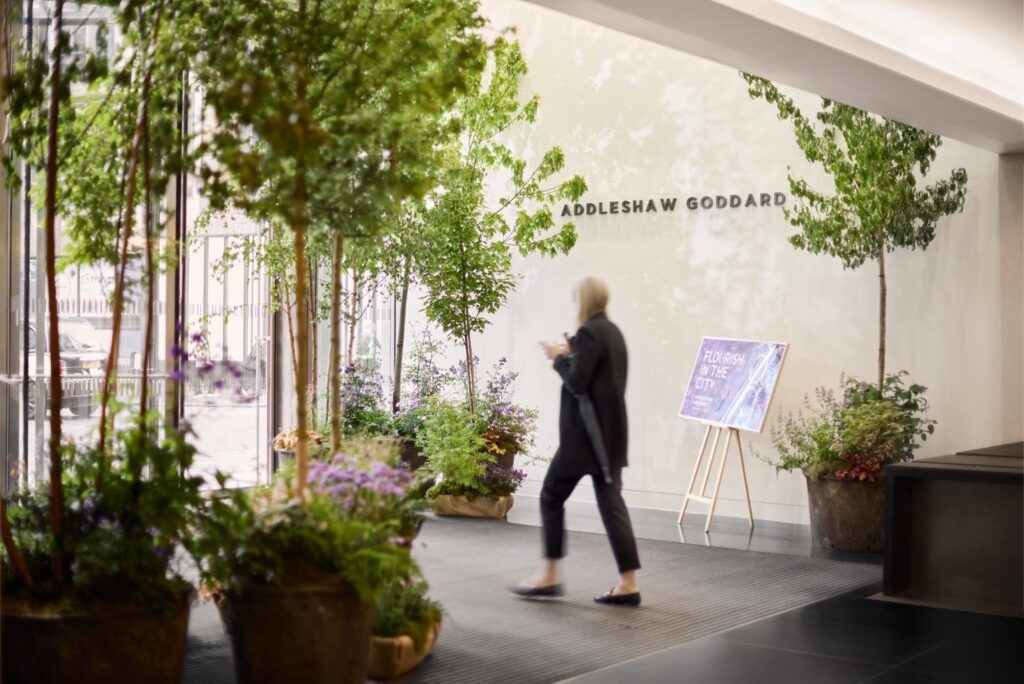
What has your career taught you about building a great team?
I have one really simple view on this: from the moment they walk in the door, my team knows that it is imperative to stand out from the crowd. I want them to push boundaries. I want an extra 10%.
I don’t mean hours worked or any of that macho stuff. I mean, whatever idea they would have come up with in their previous business, they need to know that they can notch it up at least 10%, 30% or more here. And if they do that, I’m going to back it and it’s going to run. Equally: they know it’s OK to fail. Not everything will work – we just learn and go again.
Our team recognizes that I’m deadly serious about this. And they are incredible, as is the business development team that we deliver it all with. I see people grow in this environment, just as I grew in that environment very early on in my career. When I was younger, I had a chief marketing officer who believed, as I do, that you don’t get exceptional results from unexceptional plans and tactics. He told me: “I only want exceptional work from you, Brian. Every year, I want a marketing award. Because if you aim for award-winning work, you might achieve it.”
That had quite an influence on me.
I know and believe to my core, that whenever we’ve done something that’s distinctive and evokes an emotional response, we get better results. We see it in event attendance rates, in clickthroughs, in conversions, in sign-ups, and in the feedback we collect.
Just to give one example: we invited poets to write about legal topics and we saw content reads go up by 6,500%. We had over 1,000 senior representatives from our biggest existing and target clients attend legal poetry recitals or send us requests for legal poetry books.
It just shows you: you can try things. I think it’s a business imperative to try and be distinctive, and to imbue our marketing with feeling. As marketers, we’ve got different levers that we can pull. We can compete on price, through product innovation, through service guarantees, or by using other levers to stand apart.
As a law firm marketer, there are some levers we personally find it harder to influence – we’re not lawyers. But one thing we can do is communicate with more emotion, resonance and impact than anyone else. And the partners in my firm are up for it. They’re incredible. It’s a phenomenally supportive and innovative culture, and that gives us marketers the opportunity to explore and differentiate.
What was your first marketing success that made you think this is the role for you?
I was the marketing director for sport and media at Getty Images. Getty was an official photographer for the National Football League (NFL). All of the NFL teams and franchises have access to Getty imagery.
We had a look at what more we could do for our clients in the NFL. And among that we looked at all of the heritage imagery Getty had archived. We had vibrant imagery of the greatest players throughout the history of NFL, and we dug into that legacy.
As a sport fanatic it was great exploring the archive and learning about the iconic players from teams like the Philadelphia Eagles or the New York Giants, but more importantly it went down like wildfire with our clients. It tapped into nostalgia as we did our bit to help our clients celebrate their legends. Tapping into the rich history of a brand is a classic move, and in this case it was a commercial, brand and client win-win-win.

Tell us about a research finding that surprised you
As a law firm, the most senior client we often have within large companies is the general counsel, often shortened to the ‘GC’. They head up the in-house legal functions within corporates and other large organizations, and they are accountable to their executives and boards for managing legal risk.
To add value to our GCs, we commissioned a piece of research where we asked GCs what they did that they felt brought the most value to their businesses. And to complement that, we asked CEOs and other board members the same question: “What is it that the GC does that you get so much value from?”
The research revealed that the CEOs, chairs, CFOs and the like thought their GCs are amazing. In contrast, the GCs had understated or underappreciated the value that they bring. We revealed the lovely piece of insight that business leaders think their GC’s input and advice is essential – above and beyond what many GCs reported. Executive teams know that GCs bring analytical minds, problem-solving skills, different perspectives and rigor, and they want GCs to play key roles on their most strategic projects, such as ESG and moving towards a more sustainable future. Those research findings were understandably of interest to a great many people in our market, but there was a further marketing twist.
We thought the insights were too good to not do something more with, so we turned them into a short, emotive campaign: “Life is always better with the GC.” With the help of our agency, we brought that simple idea to life by recording three new songs in a music studio. And while those songs sounded great with the G and C notes, as soon as you removed the G and C notes, they sounded terrible and lost all meaning.
The campaign earned a lot of attention and won awards, but most importantly it was a wonderful piece of research that was valuable to our audience.
For me, research is the absolute source code for empathy and success.
How do you navigate rapidly evolving marketing technology?
I’ve invited the up-and-coming talent in my team to make sure that they and I are not missing something. Like everyone else, I’m attending events and looking at what others around me are doing when it comes to tech, but I also want to stay focused on big picture stuff like winning market share, so instead I’ve instructed members of my team to upskill. For example, I have insisted that my web manager invest time to really help us tap into the shifting search and web traffic behaviors that AI has triggered.
Back to the big picture though, while everyone is talking about AI, I don’t hear a lot of marketing dialogue about product innovation. No one’s talking about pricing innovation. No one’s talking about how you can gain sustainable advantage over your rivals. Everyone keeps telling you that ‘AI is transformative’. I want AI to answer: ‘how am I going to take 5% market share from our competitor?’ And I don’t think it is there yet.
What advice do you have for senior marketers who get pushback in the boardroom?
Don’t take the first ‘immediate no’ as the definitive answer: persevere, push, reflect and change. Then go back. You’re never going to get a batting average of 10 out of 10. It’s not going to happen. A bunch of ideas that you present are inevitably going to be rejected. You need to be able to deal with that. We need to live with the feedback and then ‘go again.’ Don’t get despondent: go back with another brilliant idea, plan or recommendation.
My firm and my boss have massively increased investment in marketing. They’re backing us incredibly, but that didn’t come at the first time of asking. We stuck with it and, in the end, I find you get the right idea. Our managing partner, CFO and other partners are incredibly smart and ambitious, and when we marketers realize that those business leaders want to invest it really helps. They understandably just want to know there is rigor behind the marketing investments we propose. They just want to test our thinking and to make sure our ideas and plans are the right ones.
Realizing that was transformative for me in my career: boardroom challenges aren’t necessarily them saying ‘no’. They are simply making sure that yours is the right investment – versus other investments they can make.
What marketing myth would you most like to bust?
Anyone who says business-to-business is boring – they can kiss my ass. I love B2B marketing. There’s fun to be had marketing toothpaste brands and perfume brands, too, of course, but B2B marketing means we get to work with people who are building skyscrapers, deploying the latest medical technology, or putting satellites into orbit. It’s really interesting and really cool.
I once read that there’s no such thing as a boring product – just boring marketers. If you are working in B2B, be curious and uncover what’s interesting and fascinating about your category and your brands and go enjoy it. Go have fun with it, because B2B makes the world go round.
What advice would you give your younger self?
I would advise my younger self that marketing that makes your audience feel something is going to perform better, and to get more involved in pricing.
What would you like me to ask the next senior marketer?
Are you spending enough time on product innovation? Are you in the room with the product team?
Your question from the last senior marketer I interviewed: what’s your favorite ChatGPT prompt?
It’s very basic, but I’ve been using it a lot for competitive research to save me time – things like: What are the keywords that my competitors are majoring on? I use it as a shorthand to get me an overview of what’s going on out there.
It’s not perfect, but it’s a massive shortcut to desktop research and has saved me – or whoever I would have tasked with the job – hours of trawling around websites.
If there is one thing you know about marketing, it is…
Market research is the source code of success.
This interview has already appeared in The Drum. Discover the best campaigns, industry insights and interviews from world-leading marketers, creatives and more.

